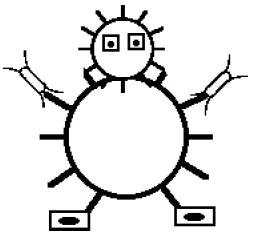Versions 1.0-1.2, printed editions (Matrix Thinking Book I, BFC Press, Australia, 1992-1997)
Version 2.0, 2004, PDFs etc on World Wide Web (http://www.aoi.com.au/matrix/MT.htm)
Version 3.0, 2014 Jul 11, Reworked from chapter 123 of "Matrix Thinking" as one article in a suite on the World Wide Web. V. 3.1, adjusted for *, 2025 Jun 27.



